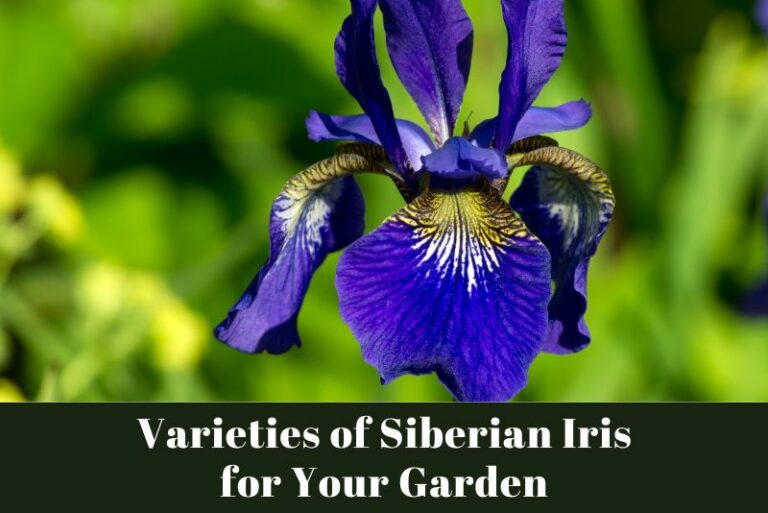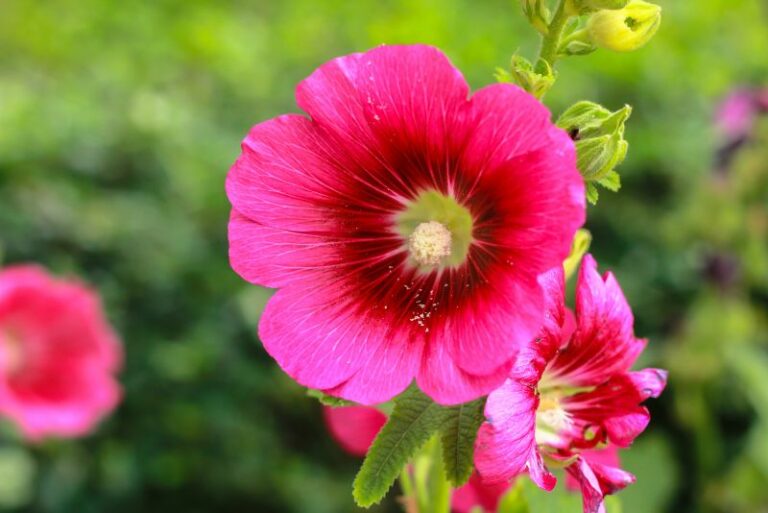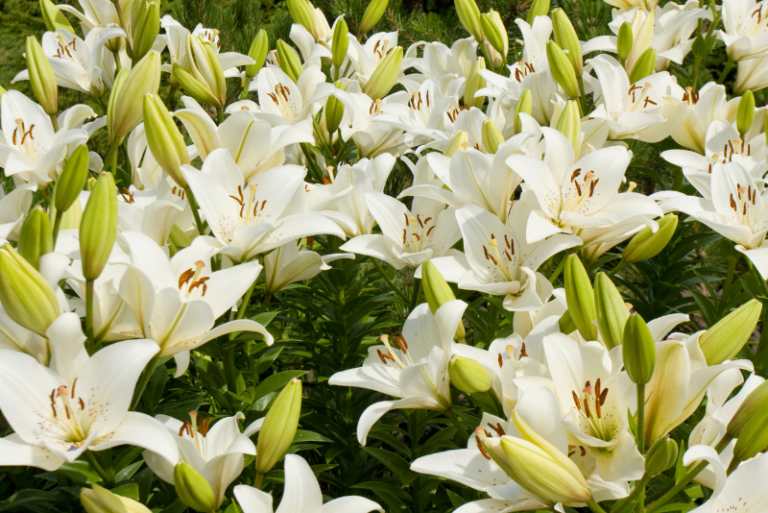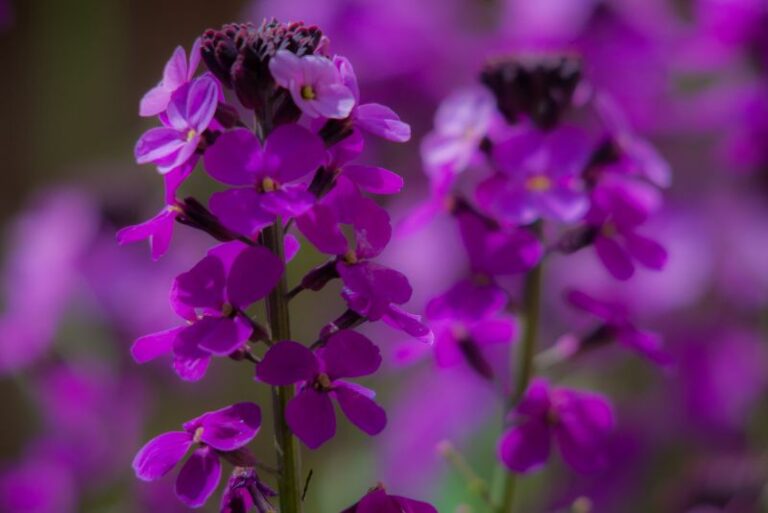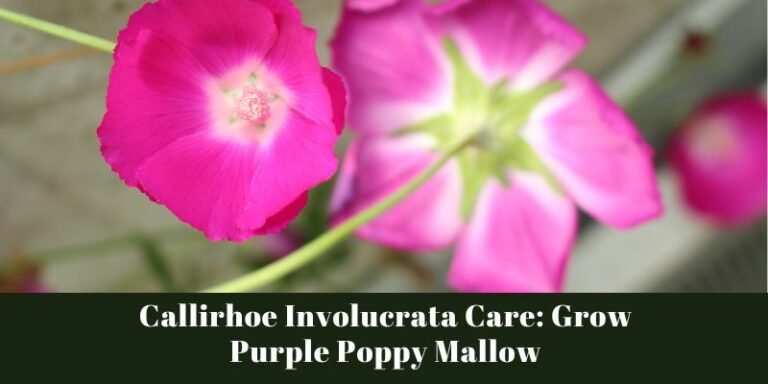Asteraceae: Exploring the Enormity of Earth’s Largest Plant Family
The world of plants is an intricate tapestry woven with an extraordinary diversity of life. At the heart of this botanical wonderland lies the Asteraceae, a plant family so immense that to fully understand it is to grasp a profound aspect of terrestrial ecology and human culture. This blog post takes you on a voyage through the vast reaches of the Asteraceae, revealing its colossal scope, ecological dominance, and unheralded contribution to human life. For the nature enthusiast, botanist, or plant science student, our exploration of the Asteraceae promises to be as enriching as it is enlightening.
Introduction to Asteraceae

The Asteraceae, commonly known as the aster, daisy, or sunflower family, is a colossal player in the botanical world, with an estimated 32,000 species found across the globe. This family stands out not only for its sheer size—comprising approximately 10% of all flowering plants on Earth—but also for the versatility and adaptability of its members. Evident in fields, meadows, deserts, and even subaquatic environments, the Asteraceae is a ubiquitous presence, offering a rich palette of forms and functions.
Diversity of Asteraceae
The sheer variety within the Asteraceae family is staggering. This family encompasses all manner of plants, from delicate and diminutive daisies to colossal sunflowers that stretch for the sky. A defining feature of the family is its inflorescence structure, which often takes the form of a composite flower head where what appears to be a single flower is actually a cluster of tiny flowers, each complete with its own reproductive appendages. This innovative strategy for reproduction is one of the many evolutionary wonders that adorn the Asteraceae.
Beyond its diverse forms, species within the family are adapted to an astonishing array of habitats. Some, such as those in the genus Senecio, have adapted to life in the harsh alpine zones, while others like the resilient ragweed are common inhabitants of disturbed areas. The Asteraceae has a member for nearly every ecological niche, speaking to its versatility as a family and its role as a plant kingdom chameleon.
Ecological Importance of Asteraceae
The ecological role of the Asteraceae cannot be overstated. As prominent members of the world’s flora, they provide critical ecosystem services, acting as food sources for a multitude of insects and herbivores. They play a pivotal role in the intricate web of plant-pollinator interactions, offering nectar and pollen to a range of pollinators, from bees and butterflies to birds and bats.
Furthermore, the Asteraceae boasts a remarkable suite of adaptations that enable its members to thrive. Their reproductive success is enhanced by the various mechanisms they employ to disperse their seeds, from wind-borne parachutes to the explosive release of tiny, feather-light seeds. These adaptations not only ensure the dispersal of the species but often contribute to the survival of the family in the face of changing environmental conditions.
Cultural and Economic Significance
Humans have had a long and intimate relationship with the Asteraceae, dating back to the earliest agricultural practices. Many species from this family are integral to human survival, providing food in the form of lettuce, artichokes, and sunflower seeds. They are also valued for their medicinal properties—plants like Arnica montana, Feverfew, and Echinacea are popular herbal remedies with a long history of use. In addition, the Asteraceae family includes popular ornamentals, such as chrysanthemums and zinnias, which have gained worldwide recognition for their beauty and appeal in gardens and floral arrangements.
The economic impact of the Asteraceae is significant, playing a role in sectors as varied as horticulture, pharmaceuticals, and agriculture. The plants within the family serve as the source of several essential oils, and they are important contributors to the global market for cut flowers. Recognition of the economic potential of various members of the Asteraceae has spurred research and conservation efforts to protect and propagate these species.
Evolutionary Insights
The history of the Asteraceae is a tale of successful innovation and diversification. Research on the family has provided profound insights into the evolutionary processes that have shaped plant life. The Asteraceae is believed to have originated in the ancient supercontinent of Gondwana, and its subsequent diversification has been linked to continental drift and climate change. The rise of composite flower heads as a key innovation has undoubtedly contributed to the family’s success, allowing for efficient seed production and filling new ecological niches.
Today, modern studies utilizing molecular techniques have shed light on the intricate relationships within the family, leading to a revised understanding of its taxonomy and evolution. These advancements in our knowledge of the Asteraceae’s past are instructive for the conservation strategies needed to preserve its future.
Conclusion: Appreciation and Conservation of Asteraceae
The Asteraceae family is a testament to the adaptability and innovation of life on Earth. Its members have found ingenious ways to thrive in diverse and often challenging environments, contributing immeasurably to the beauty and functionality of our world. As stewards of the planet, it is our responsibility to appreciate and conserve the biodiversity within the Asteraceae family.
Efforts such as those of Kew Gardens, conducting research into the conservation status of Asteraceae species, are critical in this endeavor. By understanding the ecological roles and economic potential of various species within the family, we can work towards their sustainable management and protection. Perhaps the most important takeaway from our exploration is the need for a collective commitment to biodiversity conservation, ensuring that the largest plant family on Earth continues to inspire, support, and sustain life for generations to come.

